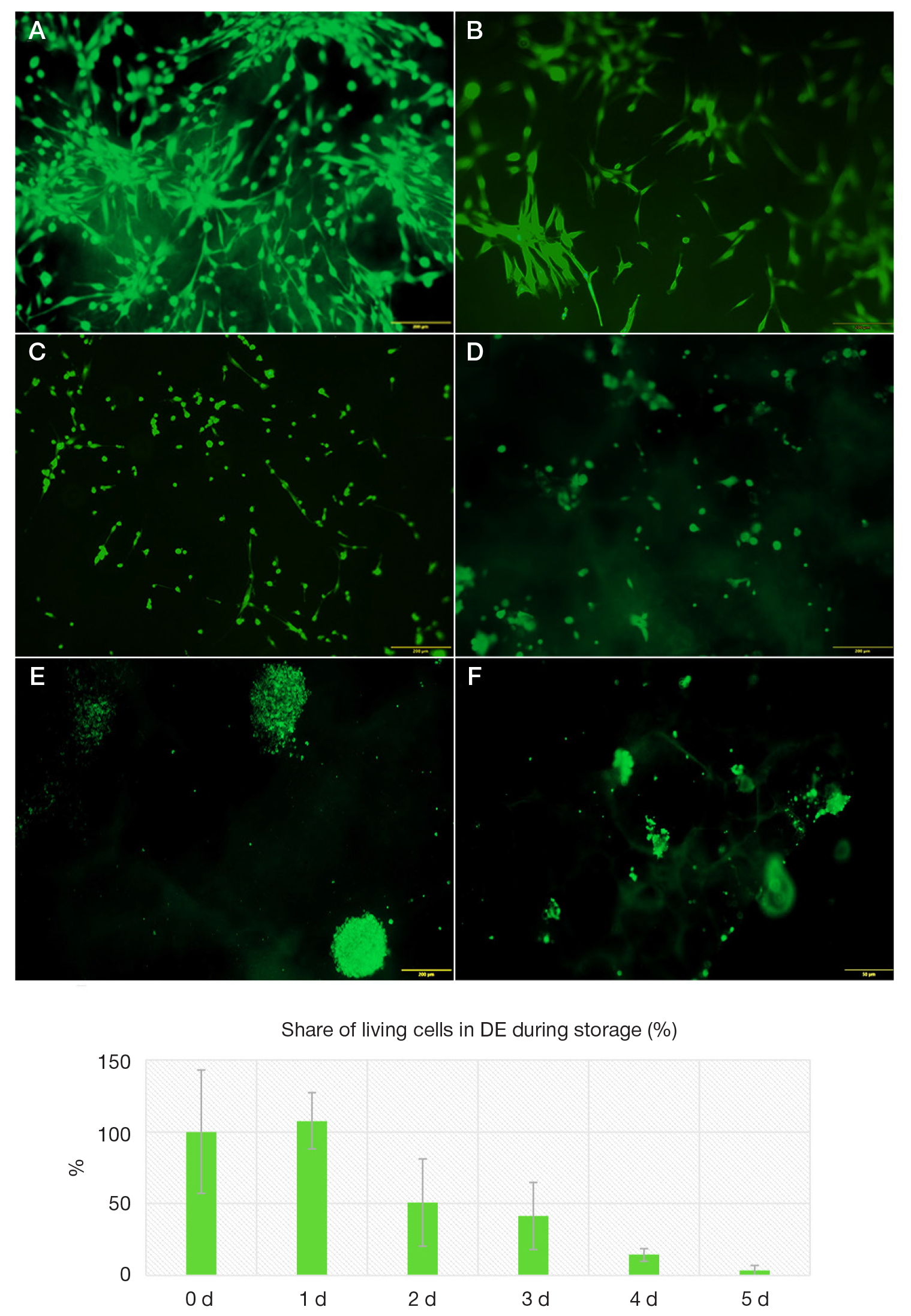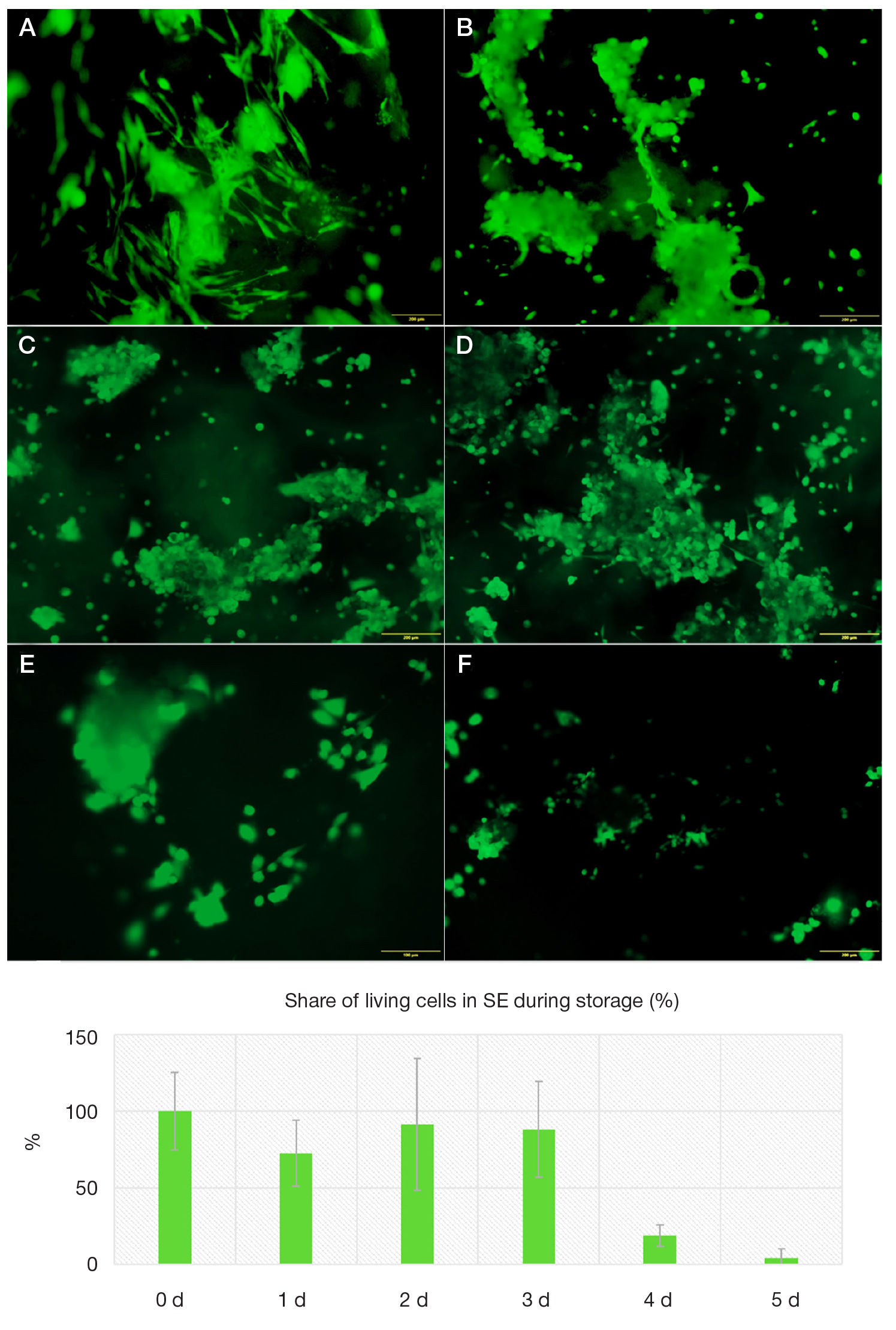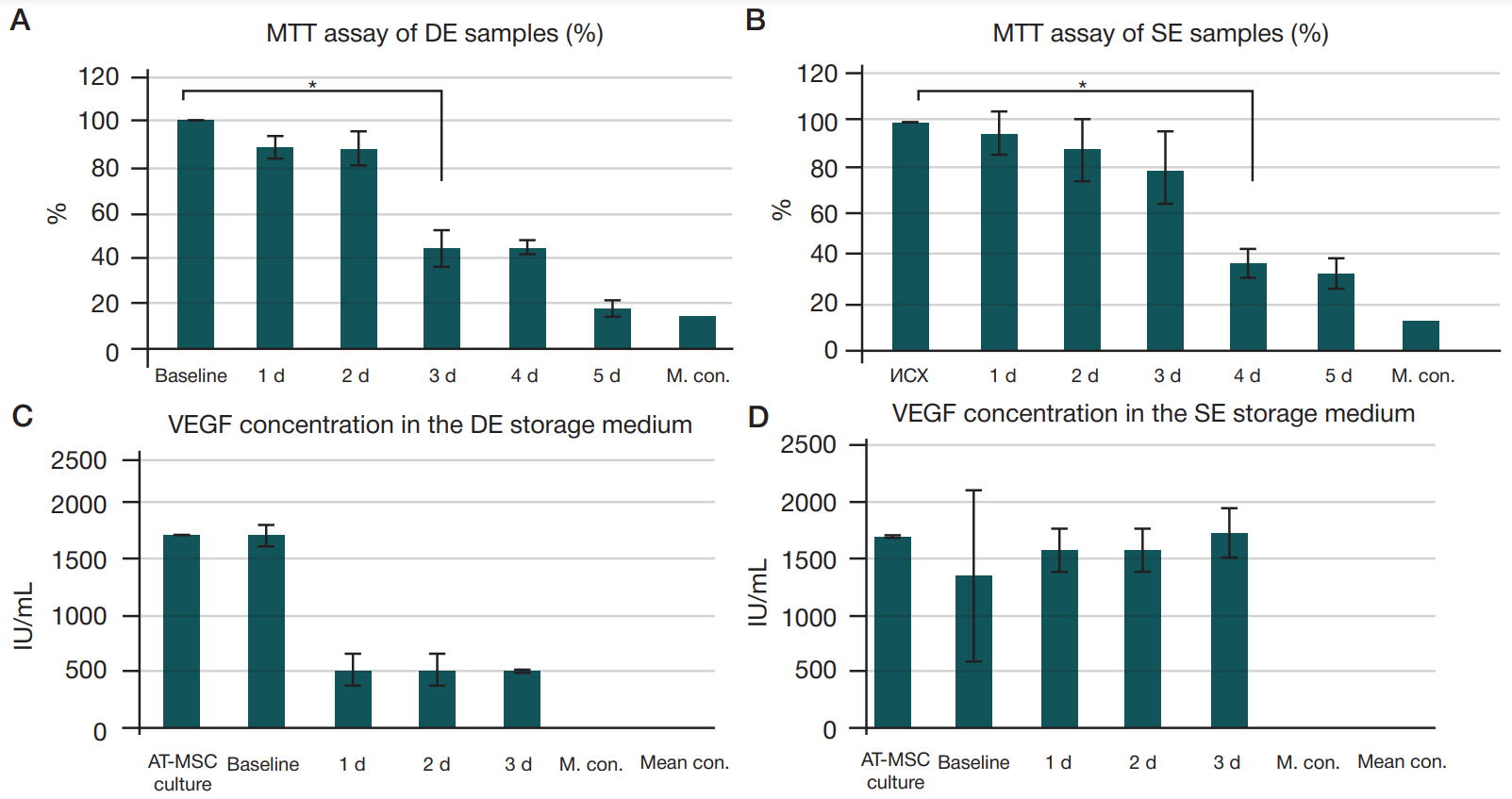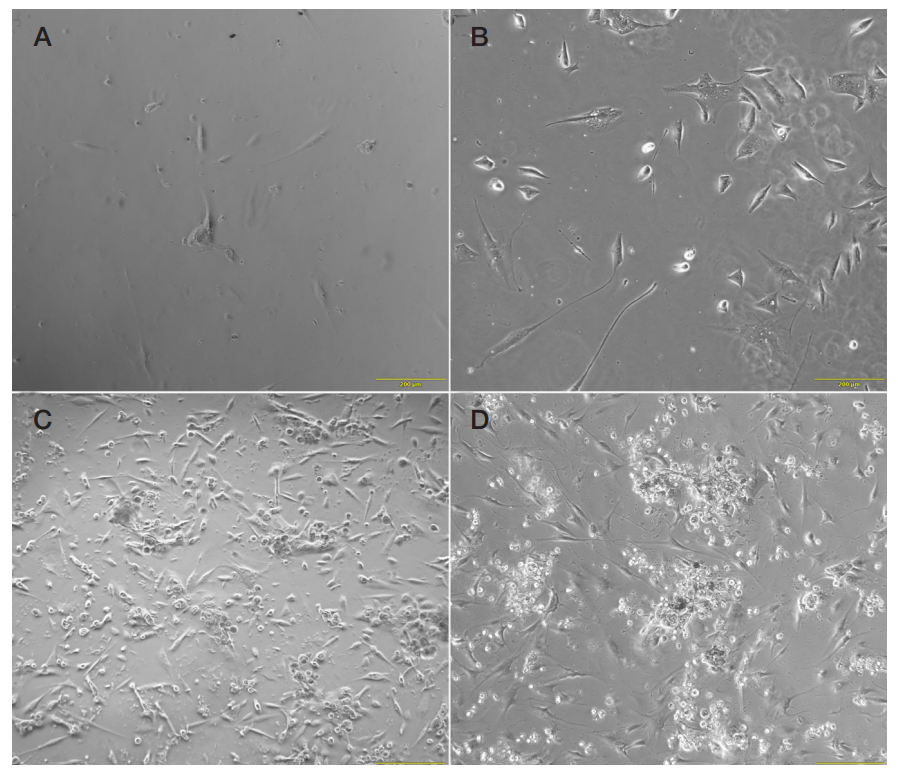
This article is an open access article distributed under the terms and conditions of the Creative Commons Attribution license (CC BY).
ORIGINAL RESEARCH
Survival of human cells in tissue-engineered constructs stored at room temperature
1 Koltzov Institute of Developmental Biology, Russian Academy of Sciences, Moscow, Russia
2 Lopukhin Federal Research and Clinical Center of Physical-Chemical Medicine of the Federal Medical Biological Agency, Moscow, Russia
Correspondence should be addressed: Olga S. Rogovaya
Vavilova, 26, Moscow, 119334, Russia; ur.xednay@f62ayavogor
Funding: the study was supported by the Ministry of Science and Higher Education of the Russian Federation, Agreement № 075-15-2021-1063 of 28.09.2021.
Author contribution: Rogovaya OS, Eremeev AV — experimental procedure, data analysis; Alpeeva EV — data interpretation, literature review; Ruchko ES — experimental procedure; Vorotelyak EA — study planning.
Compliance with ethical standards: the study was approved by the Ethics Committee of the Koltzov Institute of Developmental Biology, RAS (protocol № 51 of 09 September 2021) and conducted in accordance with the principles of the WMA Declaration of Helsinki and its subsequent revisions.




